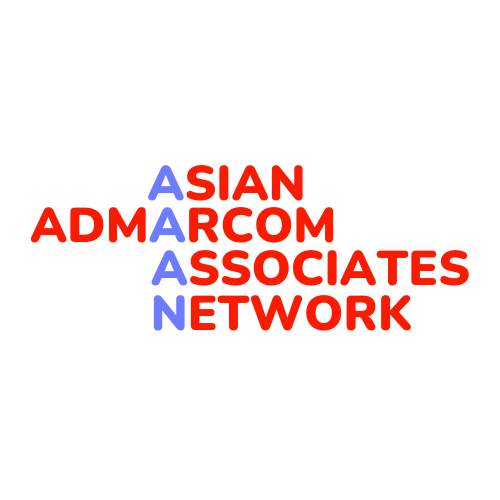How to Overcome Long winded Ad Pitching Process that’s so common in the Admarcom industry

In the ever-evolving landscape of advertising, where innovation and creativity reign supreme, the ad pitching process stands as a pivotal juncture. However, a growing concern has emerged within the industry — the ad pitching processes are increasingly becoming time-consuming and resource-intensive. This prolonged struggle raises questions about the efficiency, creativity, and sustainability of the advertising ecosystem as a whole.
The Extended Timeline
One of the fundamental issues afflicting the ad pitching process is the drawn-out timeline it necessitates. Agencies often find themselves investing weeks, if not months, in crafting meticulous proposals, conducting extensive market research, and developing creative concepts. This elongated duration not only leads to burnout among creative teams but also impedes the ability of agencies to handle multiple projects concurrently. Consequently, extended timelines result in missed opportunities and contribute to an overall decrease in the industry’s productivity.

Resource Consuming
The ad pitching process is not only time-intensive but also exorbitantly resource-intensive. Agencies are compelled to allocate a significant chunk of their talent pool, financial resources, and creative energy towards creating comprehensive pitches that may or may not translate into securing a client. This substantial investment in resources, including skilled personnel, market research, and creative development, poses a considerable challenge. Agencies face a dilemma of whether to channel these resources into potential clients or to projects that are already secured, creating an imbalance in resource allocation.
Creativity Restricted
The exhaustive nature of ad pitching processes may restrict the creativity of admarcom teams. The pursuit of unique and groundbreaking ideas demands that creative professionals consistently perform at their peak, leading to burnout and a decline in the quality of work. Additionally, the competitive nature of pitching sometimes overshadows the emphasis on originality and creativity, as agencies may be inclined to conform to perceived client expectations rather than pushing the boundaries of innovation.
Sustainable Solutions
Addressing the challenges posed by prolonged ad pitching processes requires a collective effort to implement sustainable solutions. This could involve establishing industry-wide standards for pitching timelines, refining the scope of pitches, or exploring alternative methods such as paid creative pitches to compensate agencies for their time and efforts.
Furthermore, clients play a pivotal role in fostering a more efficient pitching process by providing clearer briefs, offering timely feedback, and streamlining decision-making procedures. Open communication channels between agencies and clients can lead to a more collaborative and effective working relationship, reducing the need for protracted pitching processes.
While the ad pitching process remains integral to the advertising industry, the current trend of consuming excessive time and resources poses significant challenges to its sustainability and creativity. Acknowledging these issues and collaboratively working to implement streamlined and sustainable solutions is crucial. Both agencies and clients need to rethink the ad pitching process, focusing on efficiency, creativity, and mutual benefit for all stakeholders involved. It’s time to reimagine the industry’s approach to ad pitching, ensuring a healthier and more vibrant advertising ecosystem for the future.
